Sorbic Acid CAS 110-44-1
Assay: 99%??101.0%
Appearance: White o off-white powder
Supply Ability: 800 Metric Ton/Metric Tons per Month
Package: 25kg or 50kg (net weight)carton lined with plastic bag
Sample: Available
related documents:
COA of Sorbic Acid
TDS of Sorbic Acid
Request for product documents,Assay: 99%??101.0%
Appearance: White o off-white powder
Supply Ability: 800 Metric Ton/Metric Tons per Month
Package: 25kg or 50kg (net weight)carton lined with plastic bag
Sample: Available,Assay: 99%??101.0%
Appearance: White o off-white powder
Supply Ability: 800 Metric Ton/Metric Tons per Month
Package: 25kg or 50kg (net weight)carton lined with plastic bag
Sample: Available
发送询盘
Description
Sorbic Acid Quick Details
Product Name:?Sorbic acid
Synonyms: 1,3-Pentadiene-1-carboxylic acid; Hexa-2,4-dienoic acid; 2,4-Hexadienoic acid
CAS No:?110-44-1
Molecular Formula: C6H8O2
Molecular Weight:?112.13
Appearance: White o off-white powder
Molecular Structure:
Sorbic Acid Specification
Item
Specifications
Appearance
White o off-white granular
Odor
Slight characteristic odor
Heat stability
No change in color after heating for 90 minutes at 105??
Transmittance
87%min
Assay(on dry weight basis)
99%??101.0%
PH (10% water solution)
8.5-10.5
Clarify
Pass test
Alkalinity(as K2CO3)
1% max
Chloride?(as Cl)
0.018% max
Sulfate(as?SO?)
0.038% max
Loss on drying
1% max
Aldehydes (as formaldehyde)
0.1% max
Arsenic (as As)
3mg/kg max
Lead
2mg/kg max
Zinc
0.1mg/kg max
Cadmium
0.02mg/kg max
Mercury
1mg/kg max
Heavy metals (as Pb)
10mg/kg max
Total count colony
100cfu/g max
Mould&Yeast
100cfu/g max
Coliform
30cfu/g max
Sorbic Acid Usage
1.Food additives
2.Used in pesticide preparation and synthetic rubber industry, also used as food preservative
Sorbic Acid Package
25kg or 50kg (net weight)carton lined with plastic bag
| 5 |
|
0 |
| 4 |
|
0 |
| 3 |
|
0 |
| 2 |
|
0 |
| 1 |
|
0 |
- 2
- 2-diallylpent-4-en-1-amine
- 4
- 95-16-9
- Ammonium sulfamate
- Benzothiazole
- cas:67889-00-3ح2
- cas:83524-75-8 | pigment black 32
- cas:928836-00-4 | 2
- cas:932745-70-5 | 4
- Chemical Minerals
- Coconut diethanolamide
- Daily Chemicals
- discount
- for sale
- General pvc resin
- hexyl D-glucoside
- in stock
- Lauramidopropyl betaine
- LAURIC ACID MONOETHANOLAMIDE
- Petroleum Additives
- Plasticiser
- Ploymers
- price
- PVC
- quotation
- Raw Materal
- Remove term: Petroleum Additives Petroleum Additive
- SODIUM ETHYL 2-SULFOLAURATE
Related Products
Chemical Name: Quercetin-3-O-sophoroside
CAS No.: 18609-17-1
Molecular Formula: C27H30O17
Molecular Weight: 626.52
Hydrogenated lecithin is light yellow or milky white powder. Due to the use of catalysis and hydrogenation processes, the unsaturated chains of unsaturated fatty acids in the molecular structure of soybean lecithin disappear, thereby greatly improving the chemical stability, dispersibility, and emulsification of lecithin. It has decolorization and deodorization effects, which is more conducive to storage and preservation, and improves its role in medicine, high-end cosmetics, and light industry. It is especially suitable for intravenous fat emulsifiers and nutrients. It is used as a blood lipid emulsifier to prevent arteriosclerosis, and has the advantages of being easy to digest, easy to absorb, and almost not remaining in the internal organs.
Chemical Name: Ashwagandha Extract
Synonyms: Withania somnifera, ext.; Withania Somnefera Extract
CAS: 90147-43-6
Appearance: Brown
Citric acid is a white, crystalline, weak organic acid present in most plants and many animals as an intermediate in cellular respiration. Citric acid contains three carboxyl groups making it a carboxylic, more specifically a tricarboxylic, acid.the name citrus originates from the Greek kedromelon meaning apple of melon for the fruit citron. Greek works mention kitron, kitrion, or kitreos for citron fruit, which is an oblong fruit several inches long from the scrublike tree Citrus medica. Lemons and limes have high citric acid content, which may account for up to 8% of the fruit’s dry weight.
Chemical Name: LOCUST BEAN GUM
CAS No.:9000-40-2
Molecular Fomula: C10H11ClN2O2
Molecular weight: 226.65954
Appearance: Off-white to light beige solid
Chemical Name: Polyglycerol-10 decanoate
CAS No.: 145268-65-1
Appearance:?Colorless to light yellow viscous liquid
Assay: 98%
Chemical Name: D-PANTOTHENIC ACID
CAS No.: 79-83-4
Molecular Formula: C9H17NO5
Molecular Weight: 219.24
Appearance: Colorless or Light Yellow Oily Liquid
Chemical Name: Potassium Castorate
CAS No.: 8013-05-6
Molecular Formula: C57H107K3O12
Molecular Weight: 1101.74718
Appearance: Yellow Liquid
Microcrystalline cellulose is a purified, partially depolymerized cellulose that occurs as a white, odorless, tasteless, crystalline powder composed of porous particles. It is commercially available in different particle sizes and moisture grades that have different properties and applications.
Microcrystalline cellulose and carboxymethylcellulose sodium occurs as a white or off-white odorless and tasteless hygroscopic powder containing 5?C22% sodium carboxymethylcellulose. It is a water-dispersible organic hydrocolloid.
Chemical Name: UV-120
Other Name: (2’,4’-Di-tert-butylphenyl 3,5-di-tert-butyl-4-hydroxybenzoate)
CAS No.: 4221-80-1
Molecular Fomula: C29H42O3
Molecular weight: 438.66
Assay: ≥99%(LC)
Monostearin is a versatile emulsifier and emollient derived from glycerol and stearic acid. It is instrumental in stabilizing emulsions and enhancing the texture and consistency of a wide range of products in the cosmetics, food, and pharmaceutical sectors.
Chemical Name: Choline salicylate
CAS No.: 2016-36-6
Molecular Formula: C12H19NO4
Molecular Weight: 241.28
Appearance: Red-Brown Crystal


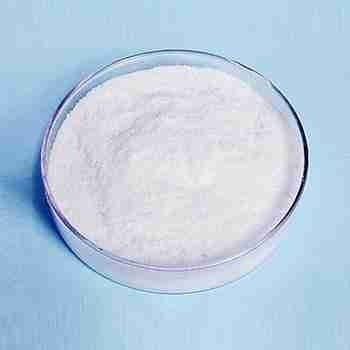


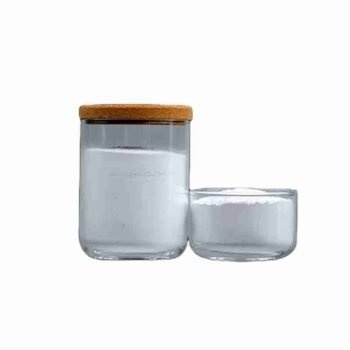

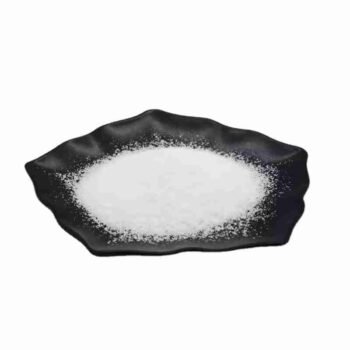
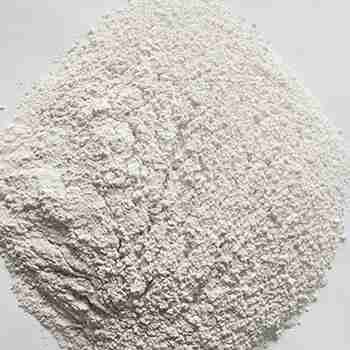
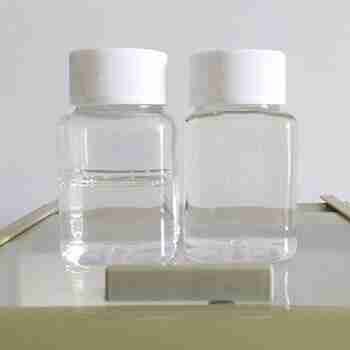
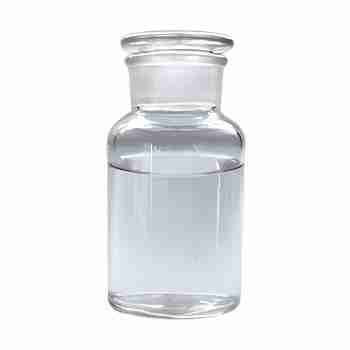








Reviews
There are no reviews yet.